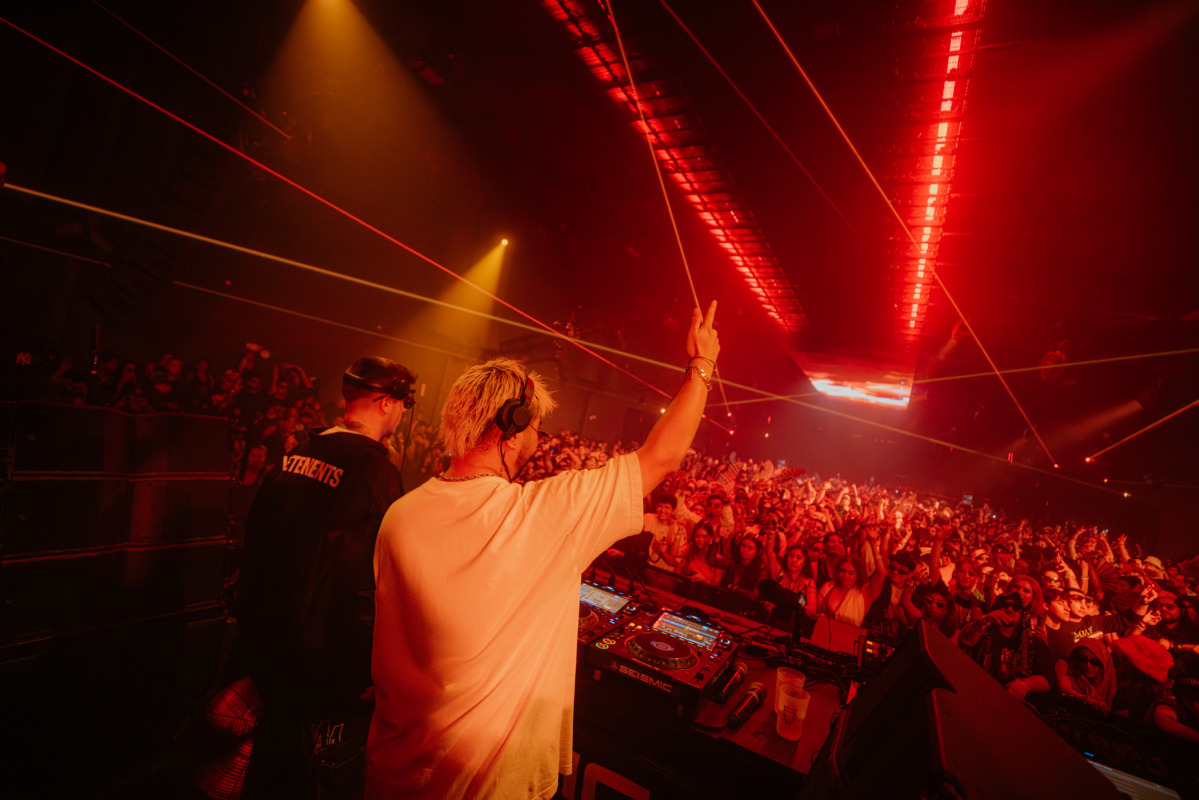Like any great shonen franchise, Naruto boasts a broad cast of crafted, compelling characters. Members of the Naruto family have made their way onto every list of popular characters and into every anime cosplay convention the world over. However, one member of the Naruto cast has reached an echelon of popularity that eclipses even the series' titular hero.
Since his first appearance in Chapter 3 of the serialized Naruto manga, Hatake Kakashi has become not only a fan favorite but also iconically recognizable, even to those largely unfamiliar with anime or manga. What's more, Kakashi's popularity is well earned. In addition to possessing remarkable intelligence and combat abilities -- including the Sharingan eye which allowed him to copy over 1,000(!) different ninjitsu -- Kakashi's design is both appealing to audiences and consistent with his character traits. In short, Kakashi is cool, and his design is indicative of that.
Perhaps the most unique aspect of his design is Kakashi's ever-present face mask. Unlike every other member of Naruto's principal cast, Hatake Kakashi's face is covered from nose to chin by a close-fitting cloth covering, which he rarely removes. Indeed, Kakashi is so infrequently unmasked that his own students -- Naruto, Sakura and Sasuke -- have never seen his face. As such, entire (filler) episodes of both Naruto and Naruto: Shippuden are devoted to the trio attempting to sneak a peek at Kakashi's face through surreptitious means.
Surely such a significant detail must serve a pivotal function toward either Kakashi's character development or the narrative structure of Naruto as a series. Could Kakashi be hiding some gruesome deformity, or perhaps an unfortunate damning likeness to a villain? Based on Ayame's reaction in Episode 101, "Gotta See! Gotta Know! Kakashi-Sensei's True Face!," this doesn't seem to be the case.
As integral as it is to his appearance (or secrecy therein), a concrete rationale behind why Kakashi wears a face mask is not given in either the Naruto manga or the anime adaptation. Thus, much like his face, Kakashi's motivations for hiding his appearance are something of a mystery. However, rather than take on dour or insidious connotations, the mystery behind both Kakashi's identity and the mask concealing it have become something of a running gag.
In the very much parodic spin-off series Rock Lee & His Ninja Pals, it's stated that Kakashi constantly wears a mask to hide the nosebleeds he suffers while reading his favorite (adult) book series. Although this is the only firm explanation for Kakashi's face mask rendered in media, Rock Lee & His Ninja Pals isn't considered part of the franchise's canon, so it feels inappropriate to adopt it as the end-all, be-all rationale, humorous though it is. Nevertheless, a more legitimate explanation behind Kakashi's carefully guarded appearance does exist.
In an interview, series creator Kishimoto Masashi said that he initially designed Hatake Kakashi wearing a face mask because it felt consistent with the secrecy and mysteriousness inherent in being an accomplished shinobi. Further, Kishimoto had hoped to introduce more masked characters. Unfortunately, conveying Kakashi's emotions proved difficult, so much so that Kishimoto ultimately chose to largely forego face masks for the primary characters.
There's no denying that it would be interesting to see early concept art of masked versions of primary characters. However, the emotional depth and complexity of Naruto's core characters is part of what set the title apart from its big-three contemporaries. Obscuring that complexity behind masks would have softened -- and possibly even nullified -- the emotional aspect of the overall narrative, ultimately detracting from the series as a whole.
Furthermore, if more characters were masked, it seems unlikely that Kakashi would have experienced the same meteoric rise to international popularity. So, while its origins may be rooted in a creative misstep, Kakashi's face mask is proof that some conceits can -- if utilized with care and precision -- benefit a particular character and draw audiences closer to them.
About The Author

